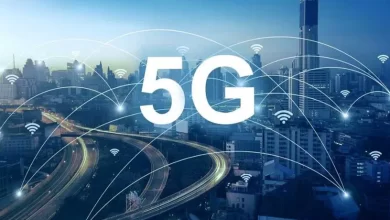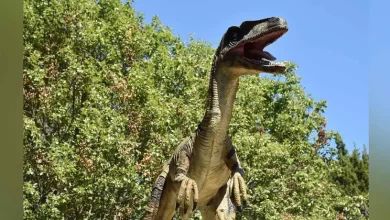Robots that move like animals

Hyderabad: For decades, robot makers have turned to animals to help them understand how to build a machine that can travel over Earth’s diverse terrain. Almost any animal you can imagine has been used as inspiration for robots. That’s because animals — including humans — are good at doing things that roboticists would like their machines to do, like picking things up, jumping or maneuvering over rubble.
Robots have been built to imitate the dash of a cheetah, the dexterousness of an opossum’s tail and the manipulative grasp of a human hand.
Here are a few robots that owe their animation to animals:
Cockroach-inspired
RHex is a hexapedal robot designed to be able to wander over uneven ground. Cockroaches are able to get stable, legged locomotion with seemingly simple movements and without much regard for where their feet will land. Cockroaches actually have legs of different lengths, unlike RHex, and the robot’s proportions are completely different than the bug’s. But, like a cockroach, RHex can get over rough terrain very easily without worrying about where its feet fall, and that means fewer sensors and less computation. RHex has been around since 1999.
MIT’s cheetah
Roboticists at the Massachusetts Institute of Technology showed off a four-legged robot in 2015 that can jump over obstacles that fall in its path while running. Inspired by the movements of a cheetah, the robot can determine the right amount of force needed to safely land when jumping over an obstacle and resume running. Boston Dynamics invented an even faster cheetah-inspired running robot, which can travel at more than 29 miles per hour, compared to MIT’s cheetah, which averages five. But Boston Dynamics’ cheetah can’t spring over hurdles like MIT’s can.
Octopus tentacles
The German robotics company Festo has created a robotic arm inspired by the movements and suction of an octopus tentacle. The robot itself is a soft, silicon structure that can be controlled with compressed air, which helps it to bend and wrap around objects. A vacuum pulls air through the rows of suction cups on its arm once it grasps something, helping the arm to securely hold objects of varying size and shape while making quick movements.
Snakebot
Researchers at Carnegie Mellon’s Biorobotics Laboratory developed a snake-inspired robot that can maneuver into places where human, legged or wheeled robots can’t easily go. This robot has multiple degrees of freedom, allowing it to thread itself through pipes or holes in a fence, for example. Researchers studied how snakes move in horizontal waves to propel them forward, which they have built the snake robot to imitate. The robot even made an appearance on NBC’s “Tonight Show” crawling up Jimmy Fallon’s leg.
Walk like an ostrich
A team from Oregon State University shared a video of Cassie, their bipedal robot that imitates the gait of an ostrich. Looking to the flightless bird for inspiration, the researchers created a robot that doesn’t topple over as easily as bipedal robots that walk more like humans do. Cassie’s inventors have spun out a startup called Agility Robotics, which says it one day hopes to see their robot deliver packages to people’s doorsteps.
Lizard tails
Robots, like animals, may find all kinds of uses for a tail. Johnson, the roboticist from Carnegie Mellon, built a jumping robot that uses a tail, inspired by the tails of lizards, cheetahs and opossums, that helps hoist it even higher and with more stability than it would with legs alone. A 2012 research paper by Johnson and other researchers describes how a gecko uses its tail to reorient itself after a fall, which motivated their robot’s design.
Humanoid
Humanoid robots are used for research and space exploration, personal assistance and caregiving, education and entertainment, search and rescue, manufacturing and maintenance, public relations, and healthcare. Now, Chinese companies were rushing to deploy robots and automation technology, as doctors were grappling with Covid-19.
a) T-HR3: Initially introduced by Toyota in 2017, the T-HR3 is a humanoid robot that mimics the movements of its human operator, like a real-world avatar. The T-HR3 can walk and being developed to perform surgeries.
b) Sophia: Perhaps the most recognizable face of humanoids is that of Sophia, a social humanoid developed by Hong Kong-based Hanson Robotics. In 2020, the AI-powered four-year-old robot is going to continue her role as a robotic ambassador, helping to advance research into robotics and human-robot interactions. Taught by humans, Sophia can move, talk, show some emotions, draw, and sing.
c) Digit: Ford became the first customer to incorporate Digit into a factory setting. The headless humanoid has nimble limbs and is packed with sensors. It can navigate the stairs, obstacles, and all kinds of terrains. It can balance on one foot, but walks upright and is strong enough to pick up and stack boxes weighting up to 40 pounds. It can also fold itself for compact storage.
d) Pepper: SoftBank Robotics’ Pepper was designed to be a friendly emotions-reading helper to work as a receptionist, in retail, and, even, as a nanny. Now, Pepper comes with an educational integrated development environment (IDE), called Tethys, that was created to teach students how to code.







